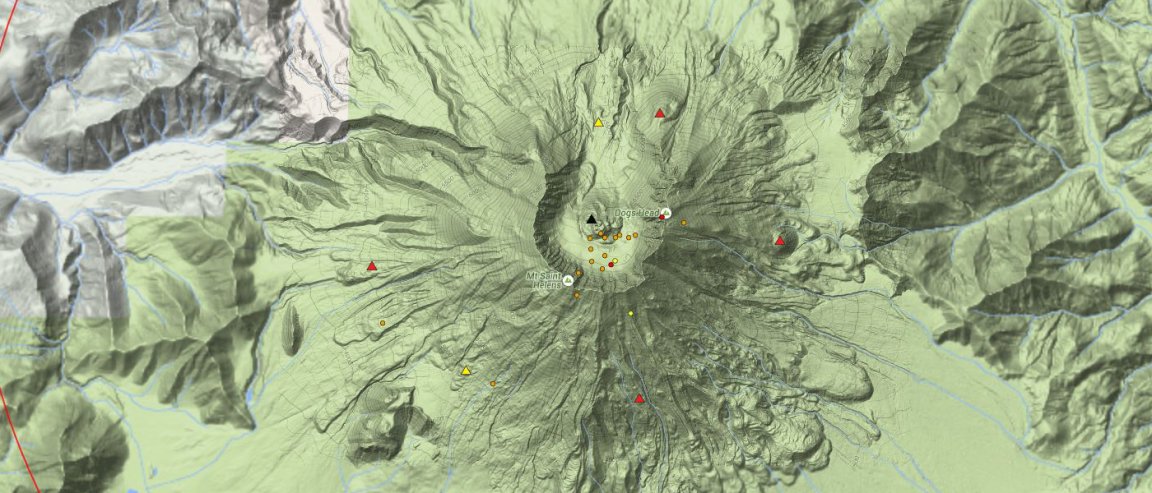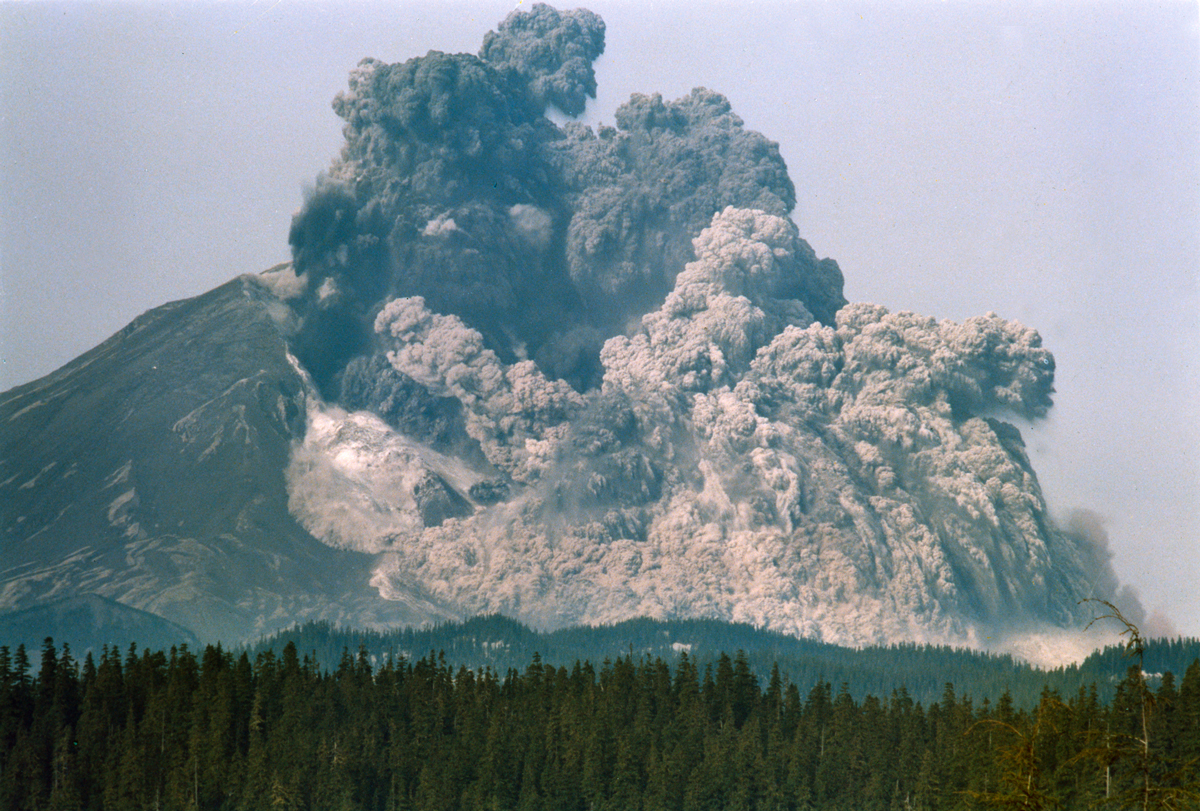
The Sleeping Giant
It was a reminder that even the most developed nations in the world are subject to those same forces that have shaped the Earth for over four billion years—Mount St. Helens, one of a number of volcanoes in Washington State, experienced a catastrophic “Plinian” eruption on May 18, 1980, killing 57 people and causing immense damage.
The explosive eruption was triggered by a 5.1 magnitude earthquake, which carried off the upper 400 m (1,300 ft) of the stratovolcano’s summit in a huge landslide, a spectacular event that was captured on film by photographers Keith Ronnholm and Gary Rosenquist.

Now, almost 36 years later, scientists with the U.S. Geological Survey (USGS) have reported up to 130 small quakes—from magnitude 0.5 to 1.3—have shaken the volcano in the past eight weeks, typically at a depth of 1.2 to 4 miles.
“Earthquake rates have been steadily increasing since March, reaching nearly 40 located earthquakes per week,” the USGS said in a statement.
The small quakes seem to indicate a slip on a small fault, and are further signs that Mount St. Helens’ subsurface magma, which was drained by the 1980 eruption, is slowly recharging. Scientists assert that this a common occurrence in the wake of a large eruption.
Keeping Watch

Mount St. Helens is undoubtedly one of the best studied and most thoroughly monitored volcanoes in the world; and the detection of these recent earthquakes is an example of the importance of investing in the scientific monitoring of “problem” volcanoes.
For example, the May 1980 eruption was preceded by swarms of small earthquakes that began in March of that year. While geologists stress that the recent quakes are not indicative of an imminent eruption—there are, besides, no signs of unusual gases or dangerous magma expansion—it’s important to keep an eye on what’s happening within the belly of the beast.
Before its last eruption, Mount St. Helens was dormant for a period of about 123 years, beside this the recent 36-year-slumber is hardly significant; still, the frequency of earthquakes is cause for more than a little vigilance.
You can see the most recent earthquakes at Mount St. Helens here, at the Pacific Northwest Seismic Network website.